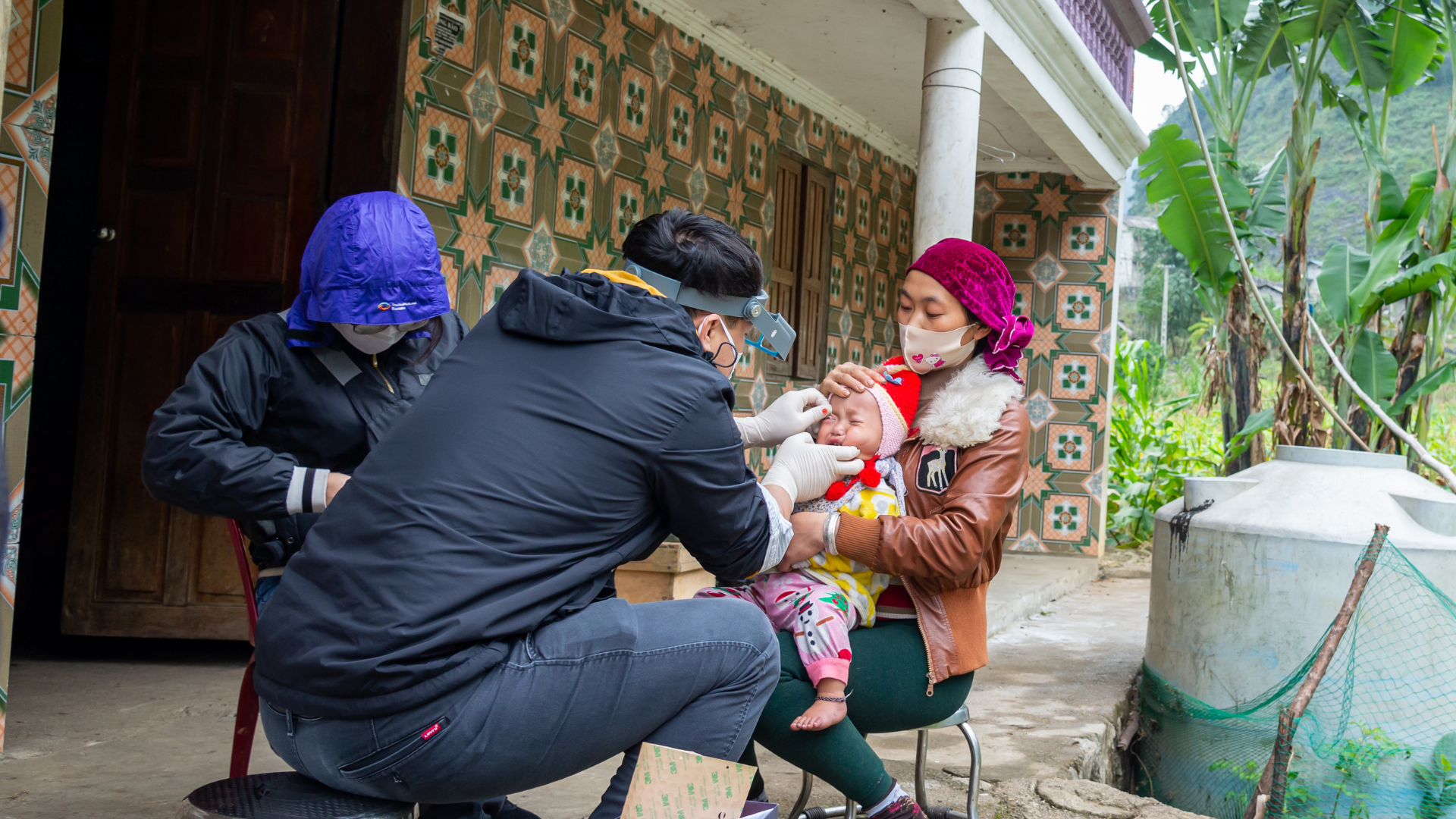7 frequently asked questions about blindness
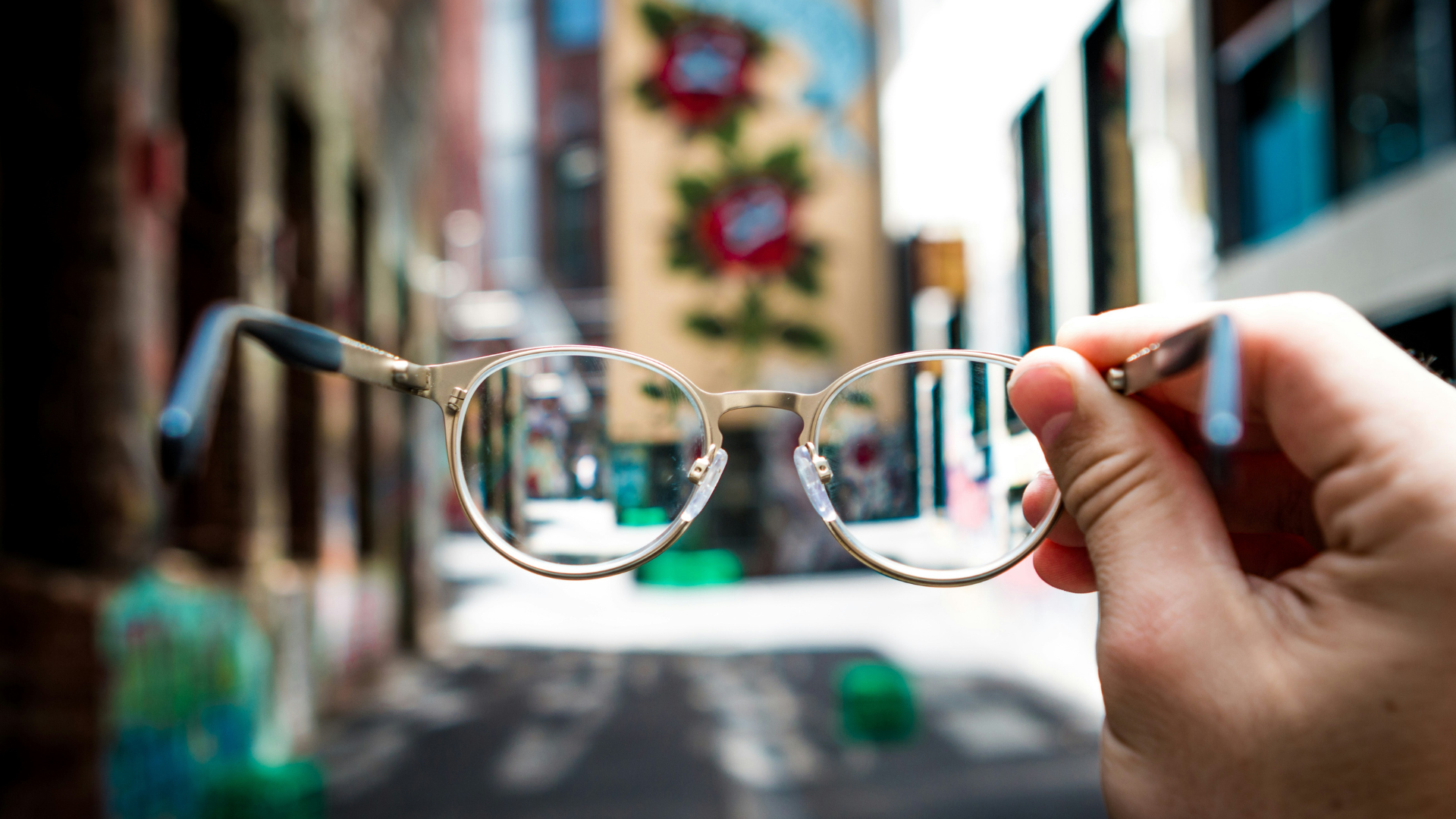
There are 36 million people in the world who are blind, but four out of five of them don’t have to be. Many people are blind because they don’t have access to eye health facilities.
Below are 7 frequently asked questions about blindness.
COVER PHOTO: John Calebrese
In a hurry?
Click on the link below to go directly to the question you want answered:
- What is the definition of blindness?
- What is legal blindness?
- What do blind people see?
- What are the causes of blindness?
- What are the symptoms of blindness?
- How can blindness affect a person?
- Can a person with blindness get their vision back?
1. What is the definition of blindness?
Blindness is sometimes described as being without sight or the ability to see. It is the loss of vision in your eyes, whether full or partial. The World Health Organization has defined blindness as visual acuity less than 3/60 (the ability to see objects from 3 metres only which a normal person can see from 60 metres), in the better eye with the best possible correction.
Some people who are blind can’t see anything at all. But many people who are legally blind can see some things, such as light and movement, or blurred and distorted images.
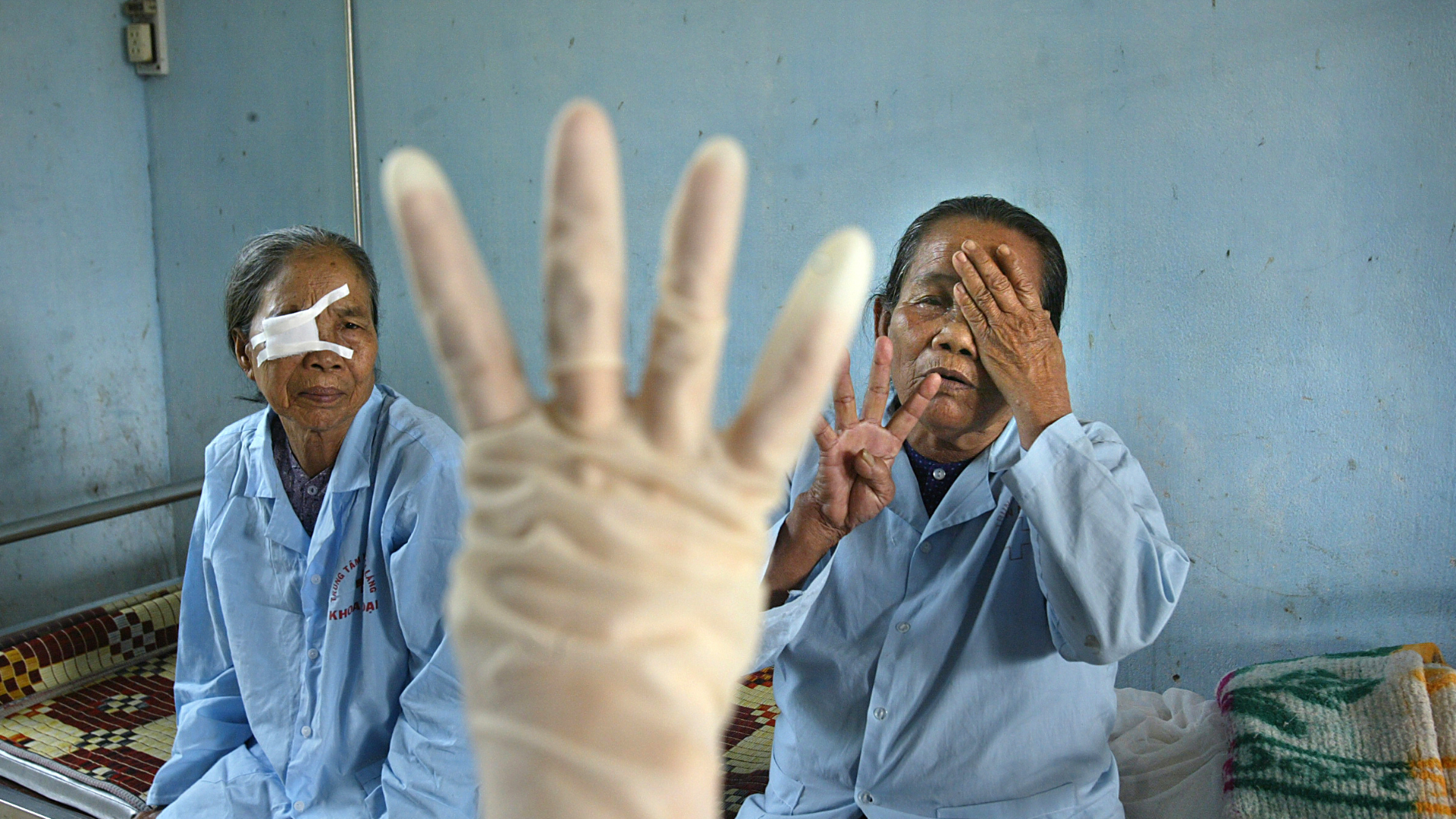 Photo: The Fred Hollows Foundation
Photo: The Fred Hollows Foundation
2. What is legal blindness?
You are legally blind if you have less than one tenth of normal vision in your eye(s) after any refractive errors have been fully corrected with glasses or contact lenses. This means that you can barely read a sign that is six metres away, which someone with full vision can read from 60 metres away, or when your field of vision is less than 20 degrees in diameter.
In Australia, government departments such as Centrelink, use the term legally blind to define a person whose sight loss is at a level where they are entitled to financial support known as blind pension. Find out more about the support you can get if you are diagnosed as legally blind.
3. What do blind people see?
Legal blindness is not binary, which means there is no single answer to the question, ‘what do blind people see?’ Since blindness varies by degrees, for most people with vision impairment it’s not a matter of seeing nothing (complete blackness) versus 20/20 vision (seeing clearly). The reality lies somewhere in between.
While It’s difficult to imagine living without full eyesight, you can improve your understanding of blindness and how it impacts the day-to-day life of someone affected by it.
Visit The Foundation’s Sight Simulator to experience the world through the eyes of someone living with different forms of vision loss.
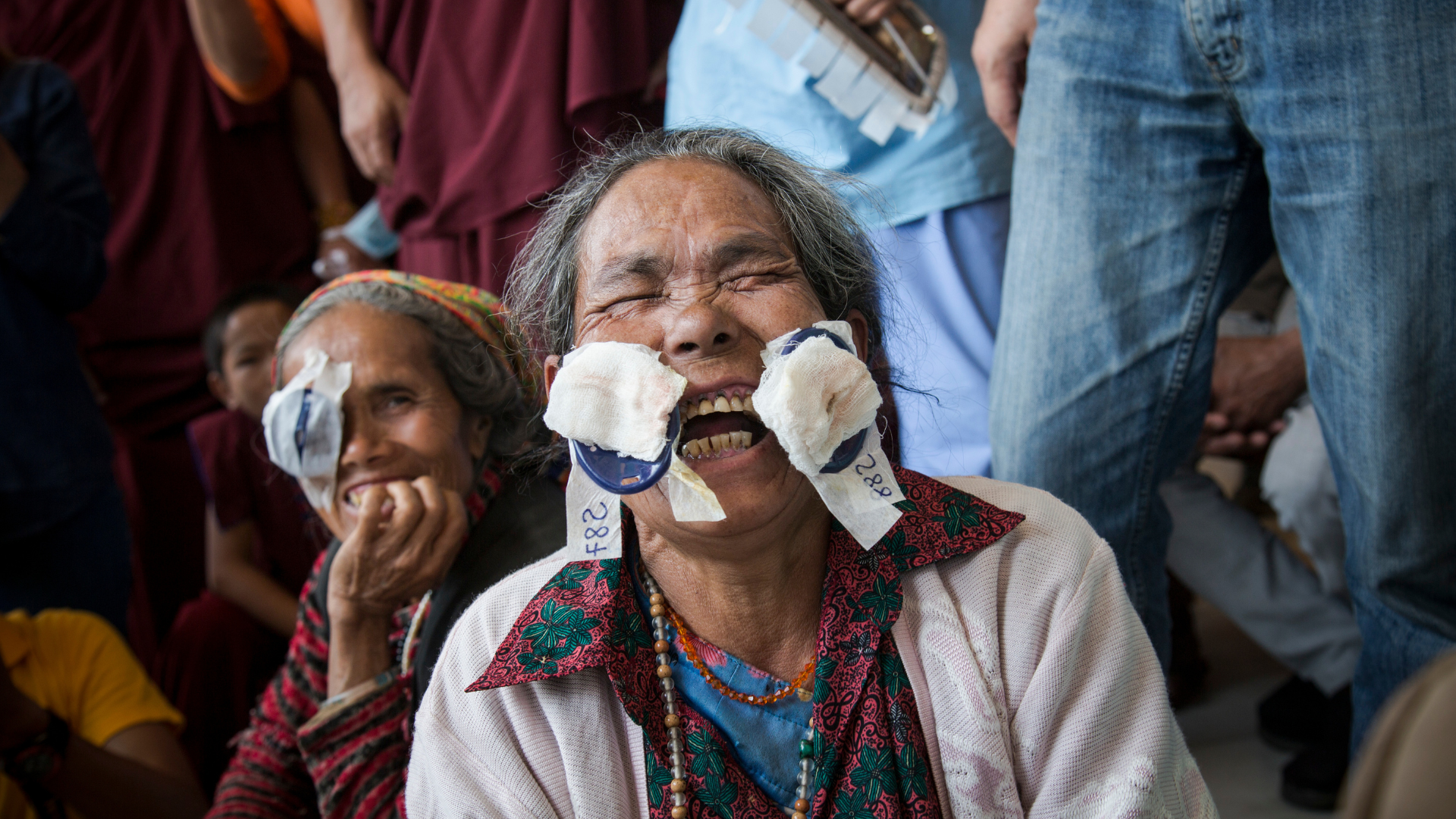 Photo: The Fred Hollows Foundation
Photo: The Fred Hollows Foundation
4. What are the causes of blindness?
There are many causes for blindness and the most common ones include cataract, glaucoma, diabetic retinopathy, and macular degeneration. Cataract is the most common cause of blindness in the world.
Other causes include uncorrected refractive errors, trachoma, genetic conditions, corneal opacity (scarring) and congenital conditions that are present at birth or develop in childhood. Learn about childhood blindness.
Accidents and injuries can also cause loss of vision.
5. What are the symptoms of blidness/vision impairment?
The symptoms of blindness/vision impairment can vary, depending on the type of eye disease you may have developed.
But the most common symptoms can include blurred or hazy vision, double vision, tunnel vision, inability to focus on objects, watery eyes, headache and eye ache, and seeing patches or shadows in front of your eyes. You should visit an eye doctor/practitioner if you notice the above mentioned symptoms.
It’s important to get regular eye checks from your local eye health practitioner, and if you experience any changes in vision, you should have it examined right away.
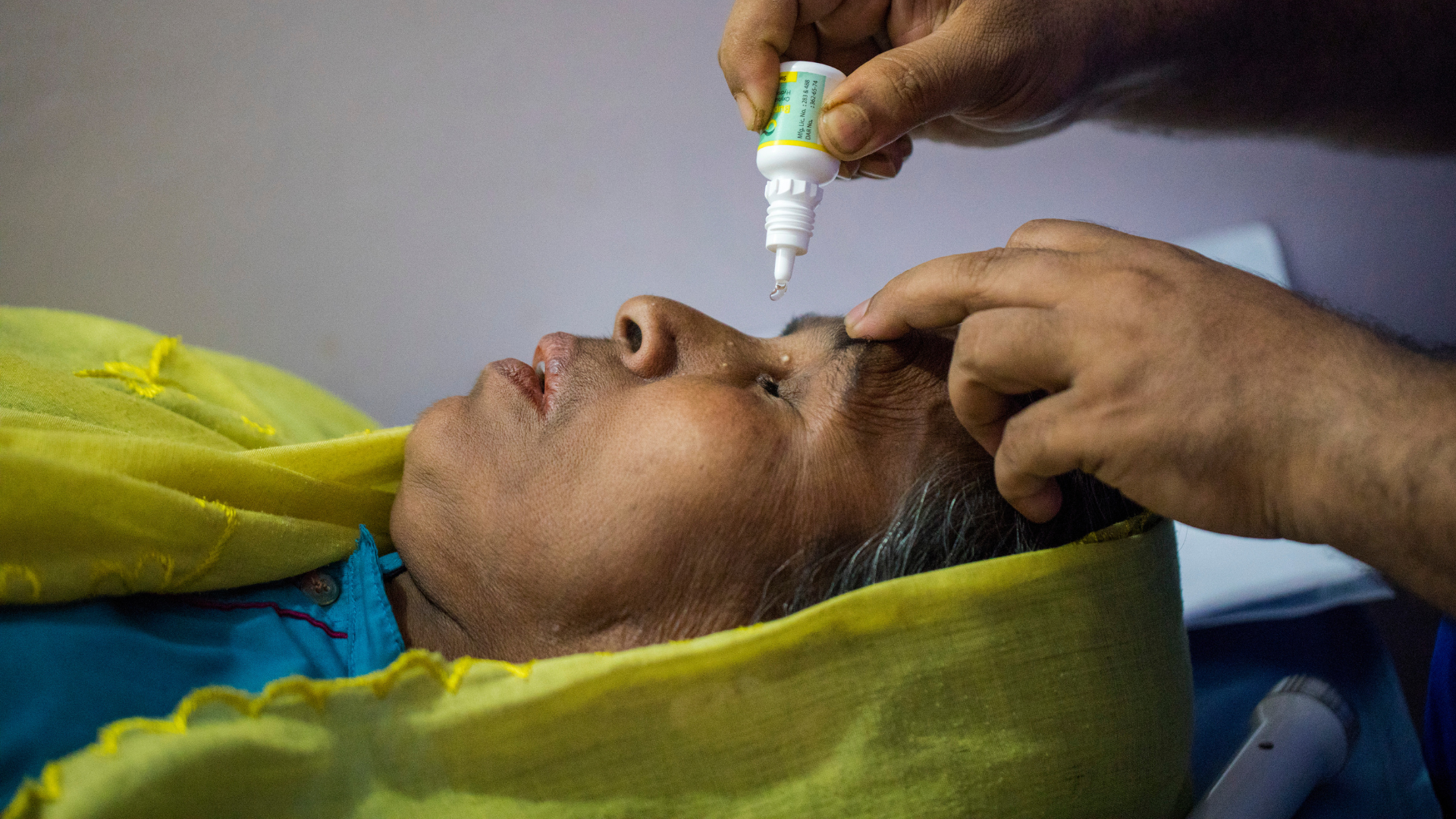 Photo: The Fred Hollows Foundation
Photo: The Fred Hollows Foundation
6. How can blindness affect a person?
Vision impairment and blindness can happen at any age and to anyone. Blindness can severely change someone’s day-to-day life, making it difficult for them to perform everyday activities.
The United Nations (UN) recognises eye diseases as a major health burden for countries around the globe, with the heaviest share of that burden falling on developing countries.
Most causes of blindness and vision impairment are considered non-communicable eye diseases, and the UN has a profound concern that they are among the leading causes of preventable morbidity (death) and related disabilities.
While people who have lost their sight live meaningful lives, this is more often the case for those who live in countries with advanced health care systems and support services. In many developing countries, infrastructure and resource measures often aren’t in place to support people with vision impairment to live the most rich and fulfilling lives.
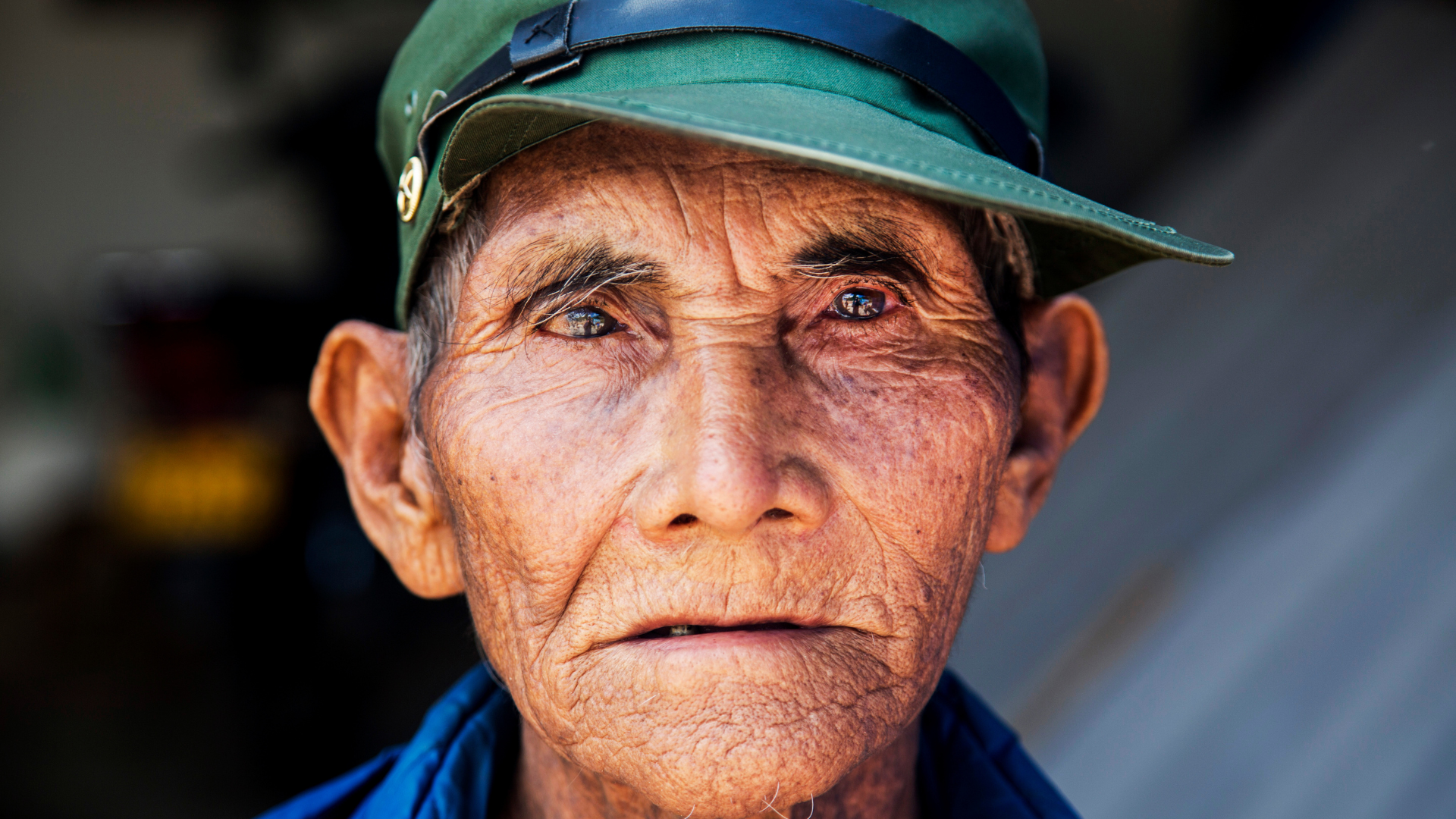 Photo: The Fred Hollows Foundation
Photo: The Fred Hollows Foundation
7. Can a person with blindness get their vision back?
Four out of five cases of vision loss or vision impairment are from avoidable causes, which means that they are treatable or preventable, if detected sooner rather than later. However, sometimes it isn’t possible for someone with vision loss to get their eyesight back.
Depending on the type of eye condition you have, your eye health specialist will recommend suitable treatments to help restore your sight or treat your condition. For example, cataract surgery involves removing the cloudy natural lens of the eye with an intraocular lens (IOL) during a relatively simple procedure.
DISCLAIMER: The content on this page is not intended to be medical advice. For specific medical advice, please contact your health professional.
Meet the author
Related articles
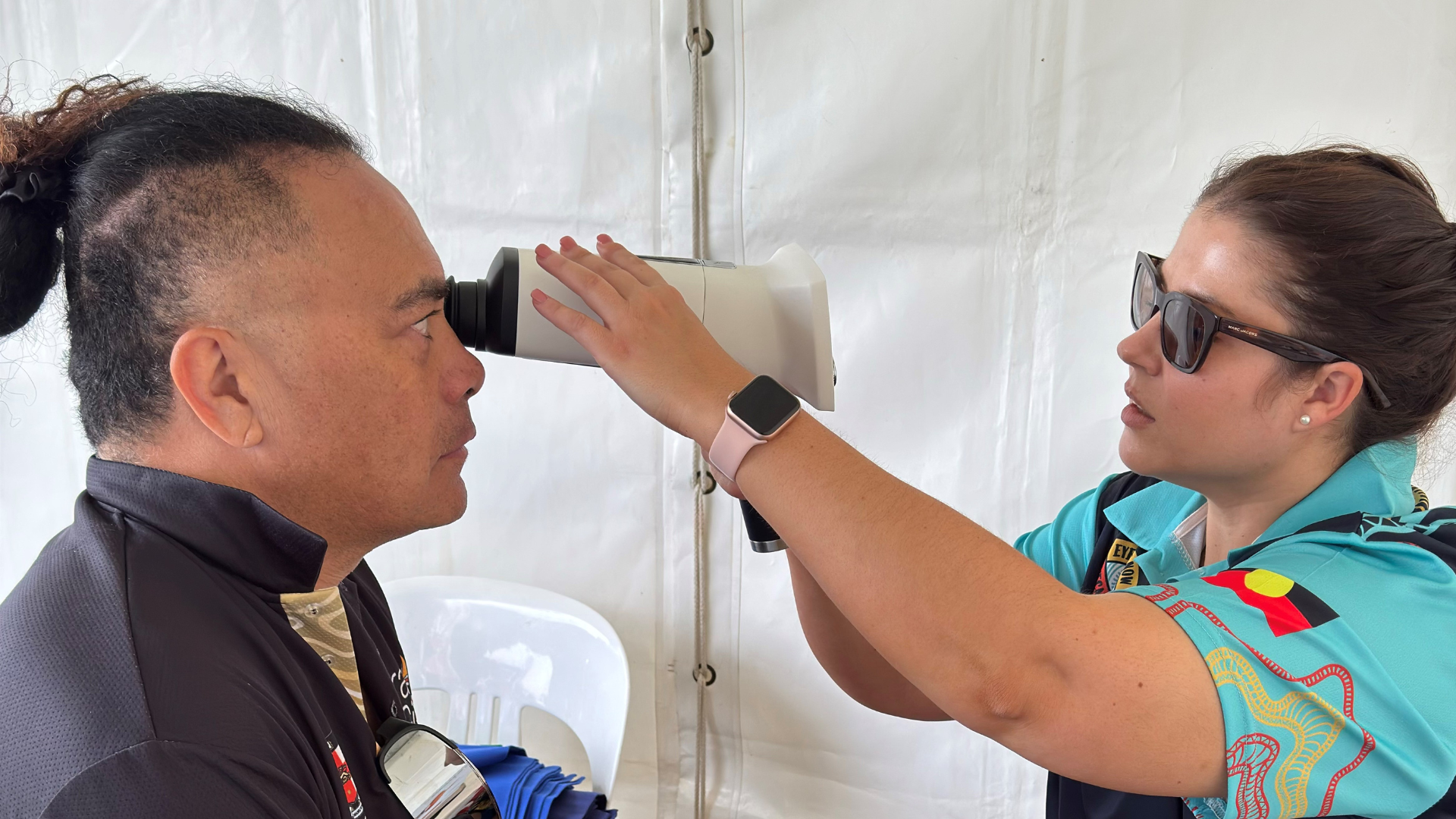
Koori Knockout raises eye health awareness among thousands on World Sight Day
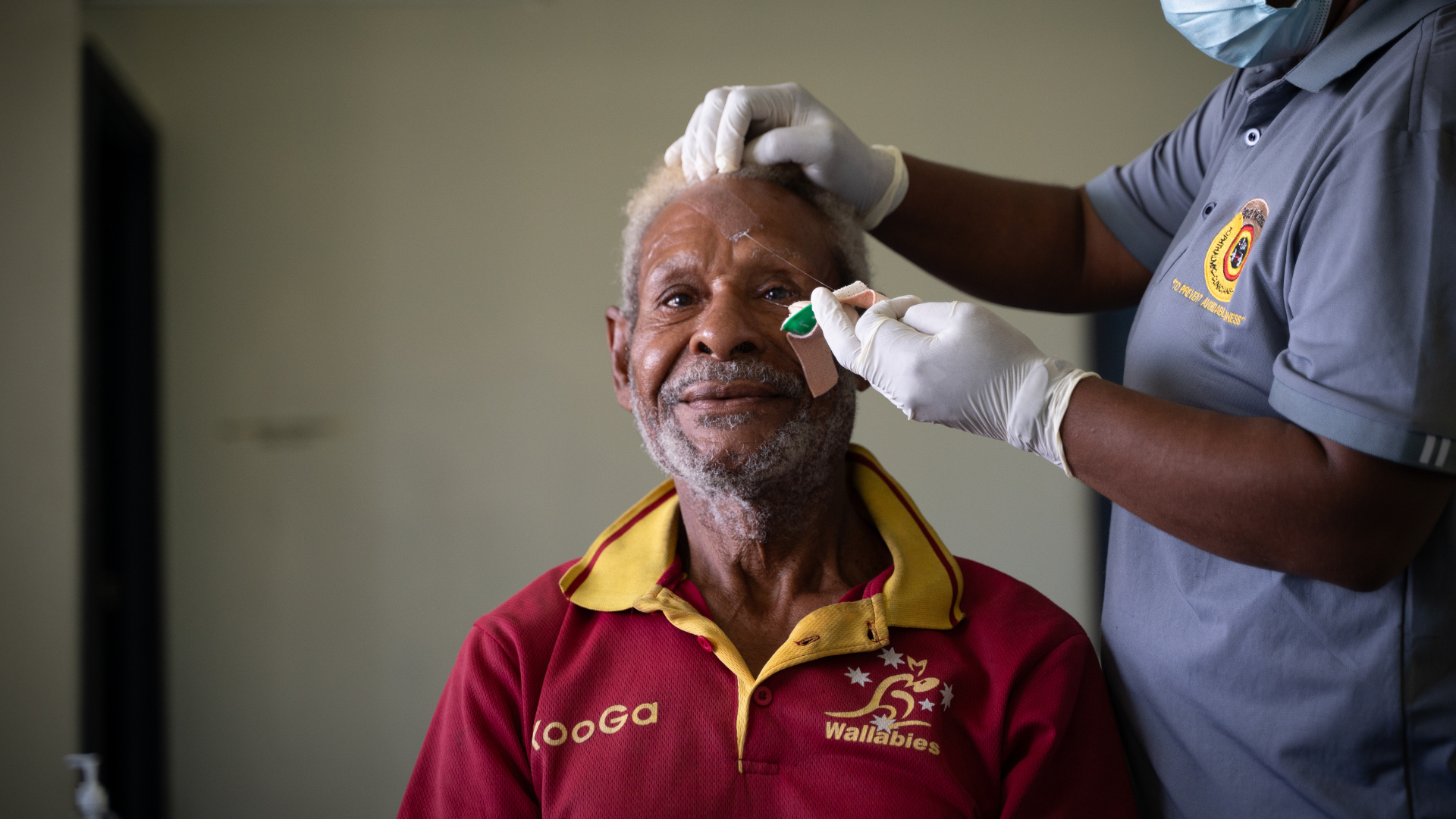
Eyes on the Future: Australian and New Zealand Governments Invest in Centre for Eye Health in Papua New Guinea
